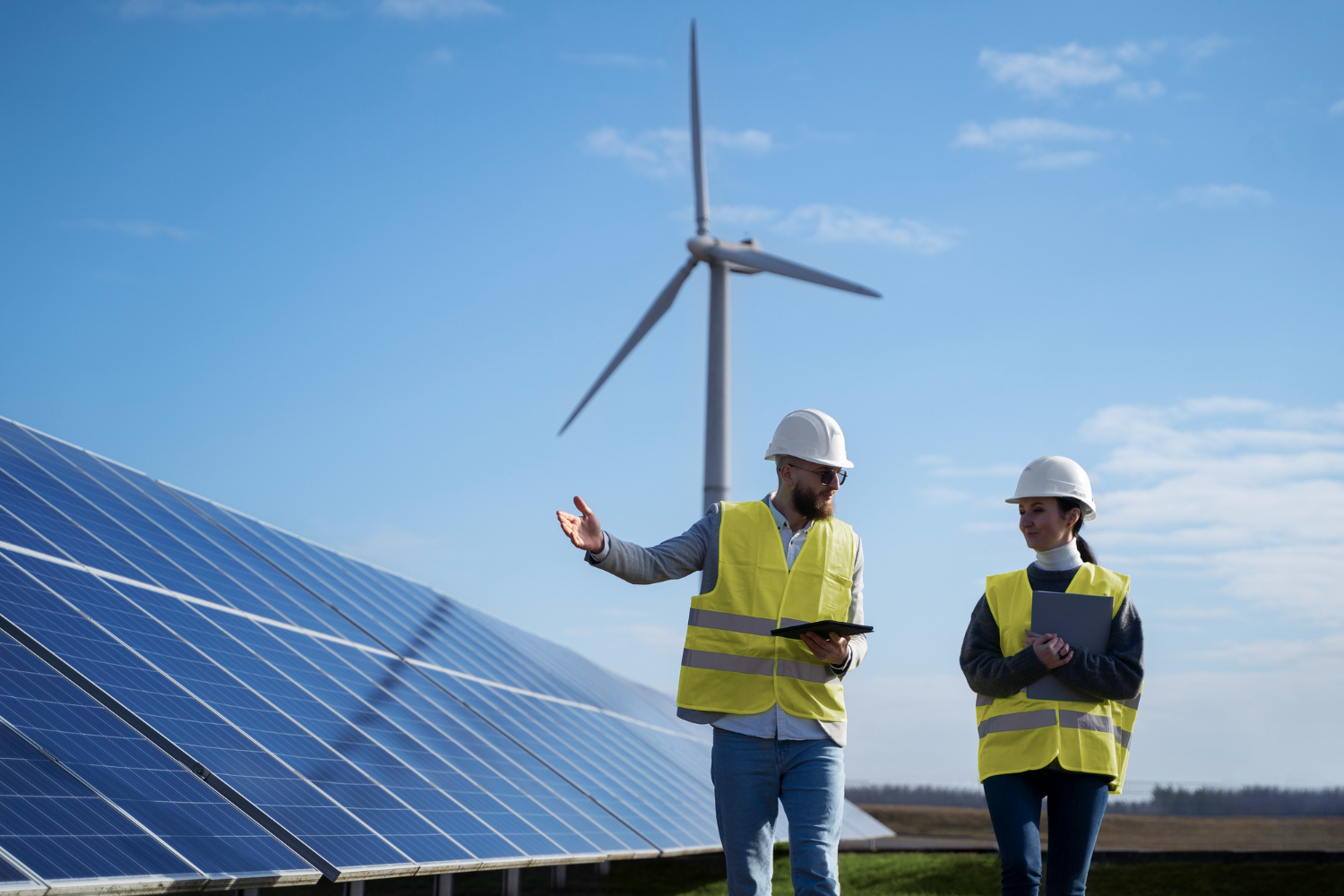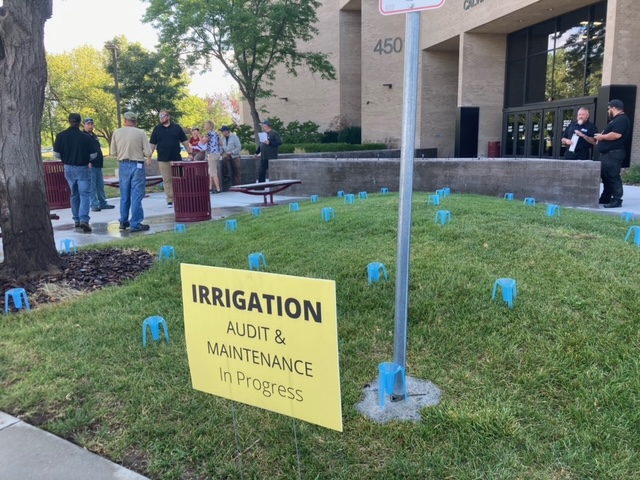State Facility Management
Running Efficient State Facilities
For over 23 years, the Utah Division of Facilities Construction and Management’s (DFCM) has implemented a multitude of energy efficiency strategies in order to reduce the impact of energy usage in buildings while maintaining high quality spaces for State building occupants. These programs include: the High Performance Building Program, the Statewide Space Master Plan, and the State Facility Energy Efficiency Fund, in addition to building automation system upgrades. By using less energy, DFCM is helping State agencies produce fewer emissions through the buildings they inhabit.
Energy Efficiency
The Utah Division of Facilities Construction and Management strives to create professional state spaces that implement cost-effective methods for energy efficient design, construction and operations. DFCM achieves this through multiple programs including the High Performance Building Standard (HPBS), the State Facility Energy Efficiency Fund (SFEEF), and the implementation of the Statewide Space Master Plan.
The High Performance Building Standard (HPBS) is part of DFCM's Design Requirements. DFCM works with project managers, stakeholders, and agencies to ensure that the State's capital projects are held to strict energy efficiency standards.
The State Facility Energy Efficiency Fund (SFEEF) was established to provide the State Building Energy Efficiency Program with a revolving loan fund from which agencies and institutions can borrow from in order to complete energy efficiency improvement projects. Repayment of the loan is achieved by capturing cost savings from reduced energy use and demand and by capturing utility incentives. Borrowed funds are paid back into the SFEEF so that it can be lent out again. Funding requests are approved by the State Building Energy Efficiency Program (SBEEP) Manager and the Utah State Building Board.

Indoor Air Quality
In partnership with the University of Utah’s Department of Atmospheric Sciences, DFCM conducted a published research study titled, “Long-term analysis of the relationships between indoor and outdoor fine particulate pollution: A case study using research grade sensors”. The study looked at three state-owned facilities, one of which was the Unified State Laboratories.
Indoor air quality is highly variable and strongly dependent on outdoor pollution events (i.e. wildfires). The year-long study highlighted that granular indoor/outdoor air quality research over long term periods is understudied. In order to better understand the relationship between both air qualities, a statistical comparison of indoor/outdoor pollution levels was performed.
In conclusion, while the Unified State Laboratories building provided a relatively protective environment for its occupants during wintertime inversion events, the indoor air quality was comparable to the outdoor air quality during wildfire and fireworks events.

Alternative Energy
DFCM has installed several solar array installations across state facilities over the past few years. The latest solar panel installation was installed at the new Taylorsville State Office Building. The Taylorsville State Office Building (TSOB) — home to numerous state agencies — can now call itself home to a 224-panel solar installation that feeds the 420,000-square-foot building while also producing energy for 16 electric vehicle charging stations. The division was awarded a $150,000 grant from the Rocky Mountain Blue Sky program and the location for the installation. The installation is estimated to generate 129,680 kilowatt-hours annually.
The latest installation is the fifth renewable energy project undertaken by the Utah Division of Facilities Construction and Management. Others include installations at the Multi-Agency State Office Building, Weber State University, Utah Department of Transportation and the University of Utah.
The TSOB solar installation represents an effort by the state to pursue more renewable energy ventures with the help of the Blue Sky Program through Rocky Mountain Power.

Water Conservation
As stated by the United States Environmental Protection Agency (EPA), “When we waste less water, we conserve fuel and reduce the pollution generated by burning fuel and treating water with chemicals. Taking these and other steps and encouraging others to do so, makes good economic as well as environmental sense.”
Utah House Bill 121 (2022), Water Conservation Modifications, requested that the Utah Division of Facilities Construction and Management (DFCM) has been compiling baseline water usage data from FY20. DFCM is also working to identify, prioritize, and fund agency & institution property capital improvement projects such as metering and smart irrigation technology, all of which will be required to meet mandated water use restrictions.
DFCM is currently encouraging agencies to install smart time clocks on irrigation systems and add sub-metering to their water systems. Additionally, the grounds crews of DFCM are being trained on the irrigation cup test to help in fixing sprinkler heads and prevent the over-watering of lawns.
In May 2022, irrigation requirements were implemented to supplement Executive Order 2021-10. DFCM added a quantitative precipitation rate to support turfgrass dormancy. DFCM developed the supplemental requirements with Utah State University (USU) Center for Water Efficient Landscaping (CWEL). DFCM required grounds supervisors to receive CWEL certifications. DFCM then put on regional trainings for state and other partners. This allowed several entities across Utah to evaluate their systems and, in some cases, improve efficiencies by greater than 50%.
